My Lenses
When I first got serious about photography, I entered the pursuit with three lenses: one that came with the camera I just bought and two I inherited from my grandma.
Since then my collection has expanded a bit. However, I try not to over-buy on lenses. Whenever I’m tempted to buy a new toy, I ask myself if it will really add anything to my ability to take pictures. Because I already have a solid range of focal length options, I rarely need to add anything new.
Note: I also have a Lensbaby Control Freak and a Lensbaby Scout. They’re specialized equipment covered on their own page.
Nikon 10.5mm
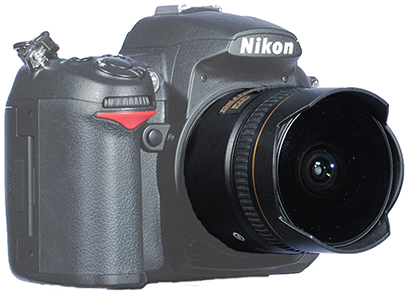
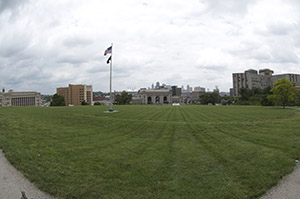
Though I keep a more “standard” lens on my workhorse camera, this lens is frequently on my second. I didn’t set out to like fisheye photography. Indeed, just the opposite. Normally I like my photos to look undistorted, as close as possible to what my eye actually saw. But I took a chance on an inexpensive fisheye glass for my Lensbaby, got hooked on wide angle and later splurged for this considerably more expensive lens. The distortion still kinda bothers me, but I love the wider views (especially for landscapes).
Nikon 18-55mm


This is my kit lens, and not just because I got it in a bundle with my D3000. It’s a great example of a lens with a middle-of-the-road focal length range and reliable quality. Thus it’s great for many different tasks. You’ll find it on my workhorse camera every time a shoot is likely to require adapting to a variety of conditions and I plan to concentrate more on my subjects than on my equipment. Note: the photo shows the lens with a third party lens hood attached.
Nikon 35-80mm

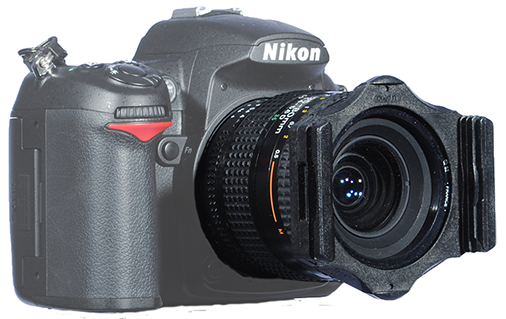
This was one of Grandma’s lenses. She liked playing around with filters, hence the third party filter holder on the front of the lens. Though I do most of my filter work on the computer rather than while shooting, I really love this lens’s macro focus ability. For small subjects this is my go-to. I also use it for general purpose photography if I’m in the mood for a change from the 18-55mm. If I’m taking pictures at a family get-together, I like to use this lens for sentimental reasons.
Nikon 50mm
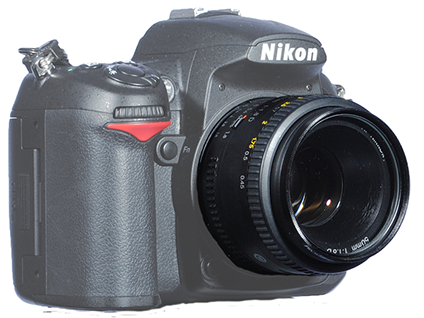
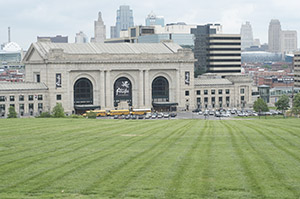
Because every well-rounded lens collection should include at least one good prime lens. I chose a 50mm because that’s around as short as you can go before you start to notice distortion such as bent lines (especially in the corners of your photos). I love this lens’s f-stop range. In low light situations such as museums, it’s handy to be able to open the aperture wider than many zoom lenses will allow.
Nikon 75-300mm
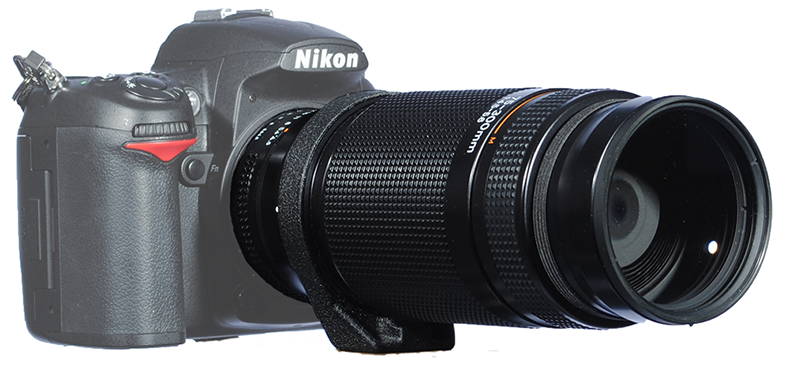
I inherited this lens from my grandma when she gave up photography. She used it mostly to take pictures of birds, a task to which it is well suited thanks to its strong zoom capability. I too have used it for bird photos. More typically, I take it anywhere I need a telephoto zoom lens but don’t feel like hauling the Sigma 150-500 around. It has a monopod mount, but it isn’t heavy enough to require one.

Tamron 28-200mm
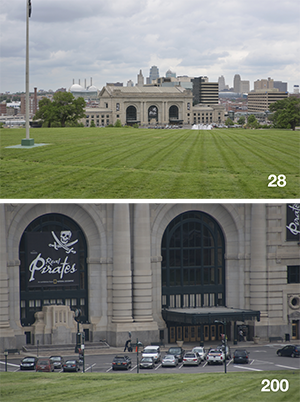
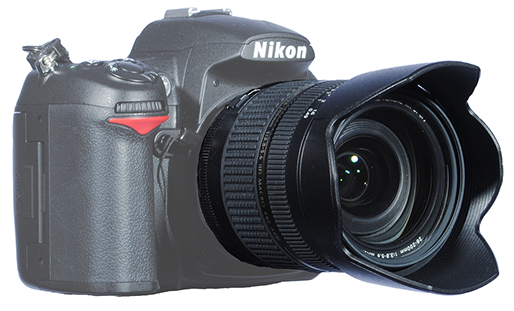
This is my go-to lens for any shoot that may require a wide range of focal lengths. It zooms out to a fairly wide angle and zooms in to near-telephoto length (without the heavy, cumbersome tube of a telephoto lens). Though I was nervous at first about non-Nikon equipment, the quality and cost savings more than justified my trust in Tamron. My only gripe is that every once in awhile zooming causes autofocus to freeze. And I do hate a frozen camera. Note: in this picture the lens is shown with the detatchable hood that came with the lens.
Sigma 150-500mm
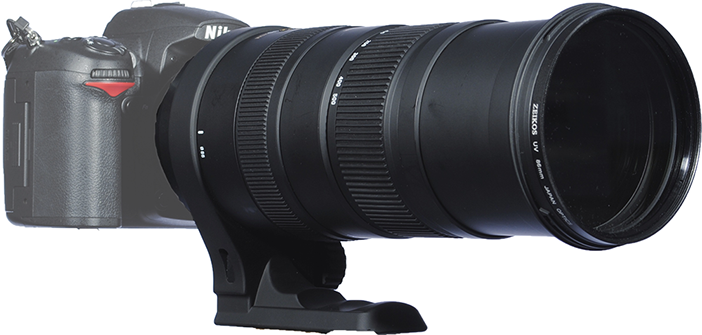
The Sigma 150-500 is my go-to choice for anything requiring a telephoto lens. I spent around $1000 for it, which ain’t cheap. But it was a real bargain compared to higher-end telephoto gear or even Nikon-branded equipment at the same focal length range. I’ve used it to good effect for sports and other subjects that can be viewed only from a distance.

